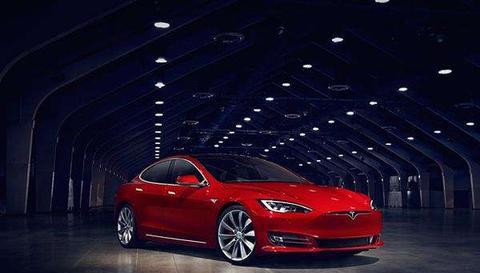Tesla FSD in America vs China: A Comparative Analysis
A Chinese auto vlogger Chen Zhen tested Tesla Cybertruck’s FSD in America, concluding that while it leads the US market, its performance is average compared to Chinese autonomous driving systems, sparking debate about global autonomous driving development.

The automotive world has been closely watching the development of autonomous driving technologies, with Tesla’s Full Self-Driving (FSD) system being one of the most discussed innovations. Recent testing of the Tesla Cybertruck’s FSD system in America has revealed interesting insights about its capabilities and limitations in different markets.
The test drive conducted between Las Vegas and Los Angeles showcased both strengths and weaknesses of Tesla’s FSD system. While it performed adequately in urban environments and managed basic navigation tasks, several concerning issues emerged during highway driving. The system exhibited problematic behaviors such as crossing yellow lines without warning or correction, raising safety concerns.
A particularly notable aspect of the FSD system is its operational constraints. Unlike many Chinese autonomous driving systems that incorporate both visual and LiDAR technology, Tesla’s approach relies solely on vision-based navigation. This fundamental difference in hardware architecture has significant implications for performance and reliability.
Chinese autonomous driving systems have evolved in a more challenging environment, dealing with complex traffic patterns and diverse road conditions. These systems, developed by companies like XPeng and Huawei, have integrated multiple sensor technologies to handle various scenarios effectively. Their real-world performance in China’s demanding traffic conditions has pushed the technology to achieve higher levels of sophistication.
The technological gap between markets reflects broader differences in autonomous driving development approaches. While Tesla’s FSD might be leading in the American market due to limited competition, it faces more sophisticated rivals in China. This disparity highlights how different market conditions and technological approaches have led to varying levels of autonomous driving capability.
The integration of hardware and software solutions also plays a crucial role. Chinese manufacturers have opted for a more comprehensive sensor suite, including LiDAR, radar, and high-resolution cameras, while Tesla maintains its camera-only approach. This fundamental difference in hardware strategy has led to divergent capabilities in handling complex driving scenarios.
The impact of infrastructure and regulatory environments cannot be overlooked. China’s rapid development of smart road systems and supportive regulations has created an ecosystem that facilitates more advanced autonomous driving features. This illustrates how regional factors influence the development and implementation of autonomous driving technologies.
The assessment reveals that while Tesla’s FSD system represents significant advancement in the American market, it still faces challenges when compared to Chinese autonomous driving systems. This situation reflects the broader technological race in autonomous driving development and highlights how different markets and approaches can lead to varying levels of capability and performance.